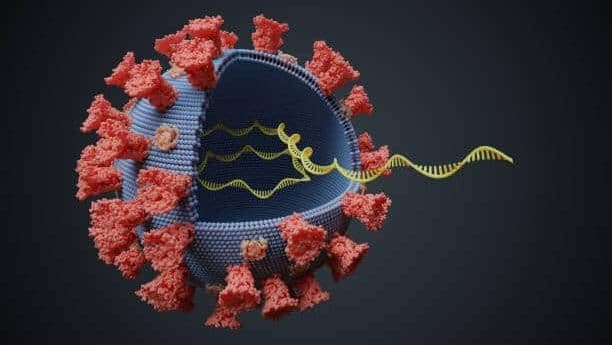Several new variants of SARS-CoV-2, the causative agent of COVID-19, have emerged over the past year.
Each time a new variant emerges, it replaces the existing ones due to the fact it has a evolved an increased transmission rate. Each variant differs by a few mutations from its ancestral variant, and over time, the new variants have clocked up tens of new mutations compared to the original outbreak strain from Wuhan in 2019. This ongoing evolution makes controlling this virus even more challenging. In an Editorial for the journal Virulence, Cock van Oosterhout and colleagues asking the questions: What has happened, and how do we best respond now?
van Oosterhout C., Hall N., Ly H., & Tyler K.M. (2021) COVID-19 evolution during the pandemic – Implications of new SARS-CoV-2 variants on disease control and public health policies, Virulence, 12:1, 507-508, https://doi.org/10.1080/21505594.2021.1877066


